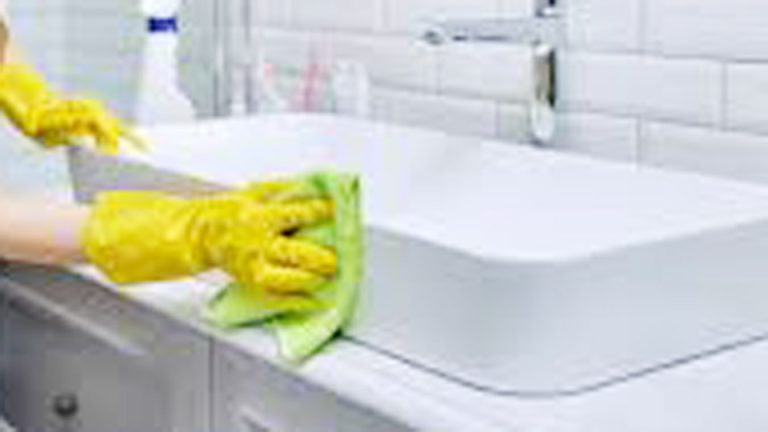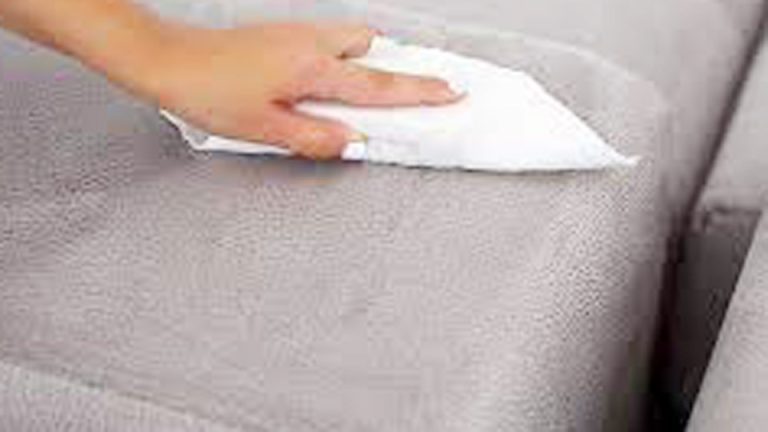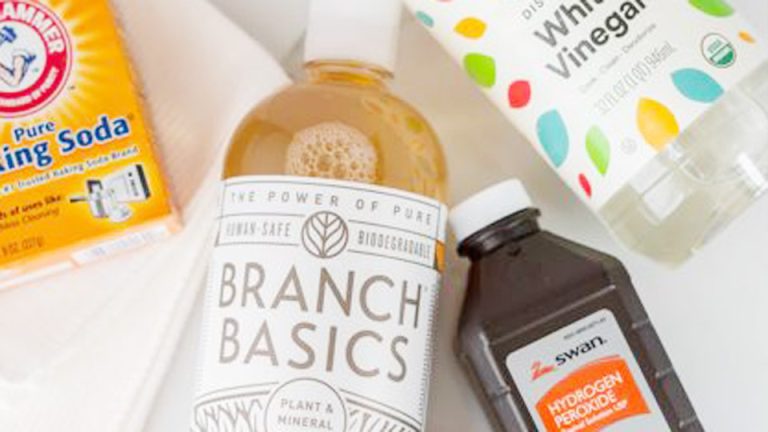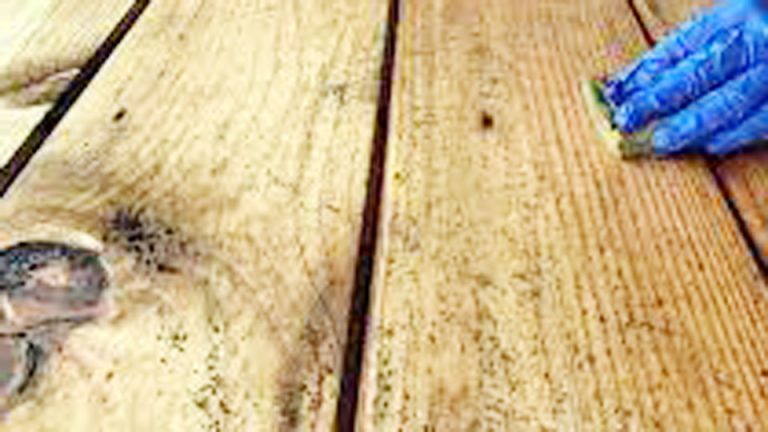A while back, I discovered some stubborn mold creeping along the edge of my bathroom wall—dark, musty, and clearly not just surface-level. I’d heard that vinegar was a natural and effective way to kill mold, so I grabbed a spray bottle, soaked the area, and wondered, Would it work better if I left it overnight? I decided to give it a try—and the results the next morning were impressive.
From that experience, I learned that leaving vinegar on mold overnight isn’t just safe—it can actually be more effective, especially for tougher patches. But there are a few things you need to keep in mind: the type of surface, the ventilation, and what to do afterward to make sure the mold doesn’t come back.
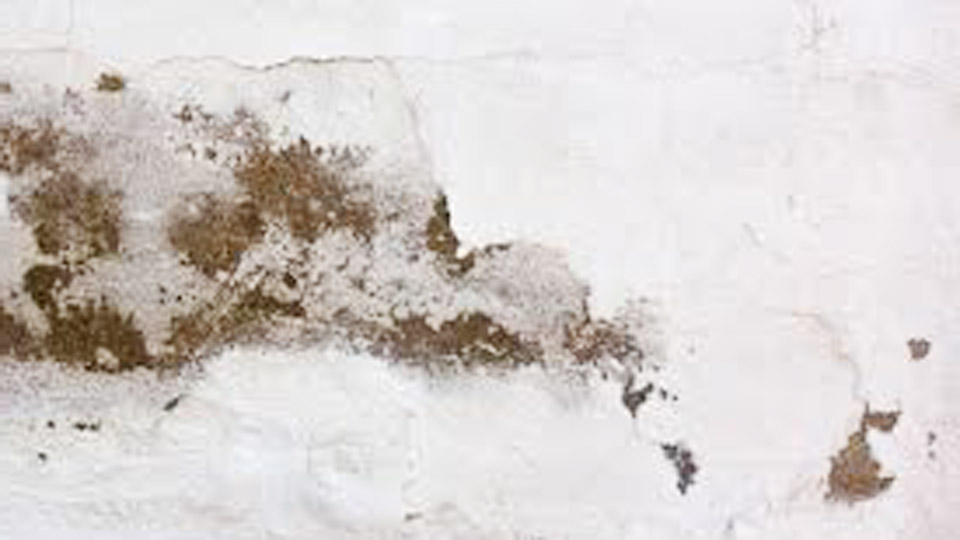
Image by maids2match
In this guide, I’ll walk you through exactly what I did, what worked (and what didn’t), and how long you can safely leave vinegar on mold to get the best results—based on real-life trial and error.
Why Vinegar Is My Go-To for Mold
I’ve been a fan of white vinegar for cleaning ever since I discovered it could cut through grease, deodorize, and tackle tough messes without harsh chemicals. Its acetic acid—about 5% in household vinegar—makes it a powerful weapon against surface mold, killing spores and preventing regrowth when used correctly.
I first used vinegar to clean mold from my bathroom grout, and the results were amazing—no more black spots! But I also learned that leaving vinegar on surfaces too long can cause issues, especially on delicate materials like wood or fabric.
Mold and Vinegar’s Role
Before we get into the cleaning process, let’s talk about mold. Mold loves damp, humid spots, like bathrooms, basements, or kitchens, and it can cause health issues like allergies if left unchecked. I learned this when I ignored a small mold patch on my basement wall, and it spread, making the air musty.
Vinegar is great for surface mold on non-porous surfaces like tiles or glass, but it’s less effective for deep mold, which may need professional attention. The question of how long can I leave vinegar on mold overnight depends on the surface and mold severity. Through my experiments, I’ve found that short, targeted applications are usually best, but I’ll share when longer exposure might work and when it’s risky.
Can I Leave Vinegar on Mold Overnight?
When I first tackled mold on my kitchen cabinets, I wondered if leaving vinegar on overnight would give it more time to kill the mold. Here’s what I learned: while vinegar is effective at killing surface mold, leaving it on overnight isn’t always safe or necessary.
On non-porous surfaces like tiles or glass, a longer soak (up to an hour) can work without harm, but overnight is overkill and can leave a strong vinegar smell.
On porous surfaces like wood or fabric, prolonged exposure can cause damage, like warping or discoloration. I once left vinegar on a wooden shelf too long, and the finish looked cloudy afterward.
I’ve found that 5-15 minutes is usually enough for vinegar to do its job. Let’s dive into my safe and effective methods for using vinegar to clean mold.
Gathering Your Mold-Cleaning Supplies
To clean mold with vinegar, you’ll need a few simple tools. I keep these in my cleaning caddy for quick access when I spot mold or other messes. Here’s what I use:
- White vinegar: Kills mold and deodorizes.
- Warm water: Dilutes vinegar to reduce acidity on delicate surfaces.
- Spray bottle: For even application of vinegar solution.
- Soft-bristle brush: For gentle scrubbing.
- Microfiber cloths: For wiping and drying.
- Baking soda (optional): For tough stains or odors.
- Liquid dish soap (optional): For greasy mold patches.
- Dry towels: To absorb moisture.
- Fan or hairdryer (optional): To speed up drying.
- Protective gloves and mask: To avoid mold spores and vinegar fumes.
These items are affordable and likely already in your home, making mold removal easy and budget-friendly.
Step-by-Step Guide to Cleaning Mold with Vinegar
This method works for most surfaces, like tiles, grout, or sealed wood, and tackles surface mold effectively. I used it to clean mold from my bathroom tiles after a humid summer. Here’s how I do it:
Inspect and Ventilate
I start by checking the mold to ensure it’s surface-level, not deep in porous materials like drywall, which may need professional help. I open windows or turn on a fan to ventilate the area, as mold spores can irritate lungs. I wear gloves and a mask for safety, especially after feeling sneezy while cleaning mold without one.
Vacuum Loose Mold
I use a vacuum with a HEPA filter to remove loose mold spores and dust from the surface. I go over the area gently to avoid spreading spores, like vacuuming my carpets before cleaning to remove loose dirt.
Mix a Vinegar Solution
In a spray bottle, I mix 1 cup white vinegar with 1 cup warm water to dilute the acidity and protect surfaces. For greasy mold patches, I add a drop of dish soap. I shake gently to combine. I avoid undiluted vinegar on delicate surfaces like wood, as it can harm finishes, like when I dulled a table’s varnish.
Apply the Solution
I spritz the vinegar solution lightly onto the moldy area, covering the spots without soaking the surface. For non-porous surfaces like tiles, I let it sit for 10-15 minutes. For porous surfaces like sealed wood, I reduce to 5-10 minutes to avoid damage. I work in small sections to control moisture.
Scrub Gently
Using a soft-bristle brush or microfiber cloth, I scrub the moldy area in circular motions to lift the mold. For stubborn spots, I reapply the solution and scrub again. This method removed black mold from my bathroom grout without damaging the tiles.
Wipe and Rinse
I wipe the area with a damp microfiber cloth to remove mold residue and vinegar. I rinse the cloth often to avoid spreading mold. For extra cleaning power, I sometimes sprinkle a pinch of baking soda on tough spots before wiping, but I rinse thoroughly to avoid residue.
Dry Thoroughly
I dry the surface with a clean towel to remove all moisture, then use a fan or hairdryer on a cool setting to ensure it’s completely dry. This prevents mold regrowth, which I learned after leaving a damp tile grout line that grew mold again.
Cleaning Mold on Specific Surfaces
Different surfaces require tailored care. Here’s how I adjust my vinegar method:
Tiles and Grout
My bathroom tiles and grout are non-porous, so I let the vinegar solution sit for 15 minutes before scrubbing. I use a soft-bristle brush to get into grout lines, then dry thoroughly. This method keeps my bathroom sparkling.
Sealed Wood
For sealed wood, like my kitchen cabinets, I use a diluted vinegar solution and let it sit for 5-10 minutes. I dab with a cloth instead of scrubbing to protect the finish, then dry immediately.
Glass or Mirrors
On glass, like my shower door, I use undiluted vinegar for 10 minutes, as it won’t harm the surface. I wipe with a microfiber cloth for a streak-free finish.
Fabric or Upholstery
For fabric, like curtains, I avoid leaving vinegar on too long. I spritz lightly, let it sit for 5 minutes, blot with a damp cloth, and dry with a fan to prevent mildew.
Why I Don’t Leave Vinegar on Overnight
Leaving vinegar on mold overnight can be tempting to ensure it kills all spores, but I avoid it for a few reasons. On non-porous surfaces, it’s unnecessary, as 10-15 minutes is enough to kill surface mold. On porous surfaces like wood or fabric, prolonged exposure can cause damage, like warping, discoloration, or a sticky residue.
I once left vinegar on a wooden window sill overnight, and the finish peeled slightly, which was a headache to fix. Short applications, followed by thorough drying, work best for me and keep surfaces safe.
Comparing Mold-Cleaning Methods
I’ve tried various methods to clean mold, and vinegar is my favorite for surface mold. Here’s a table comparing my top approaches:
| Method | Ingredients/Tools | Pros | Cons | Best For |
|---|---|---|---|---|
| Vinegar Solution | Vinegar, water, dish soap, spray bottle | Kills mold, safe for most surfaces, budget-friendly | Needs drying, may dull delicate finishes | Tiles, grout, sealed wood |
| Baking Soda Paste | Baking soda, water, cloth | Lifts tough stains, deodorizes | Abrasive, needs rinsing, not for frequent use | Stubborn mold stains |
| Dish Soap & Water | Dish soap, water, microfiber cloth | Gentle, safe for delicate surfaces | Less effective on mold, doesn’t kill spores | Light mold, delicate surfaces |
| Dry Brushing | Soft-bristle brush, vacuum | No moisture, safe for all surfaces | Doesn’t kill mold spores, only removes surface mold | Light mold, maintenance |
The vinegar solution is my go-to for most surfaces, while baking soda paste is great for tough stains.
Deep Cleaning Heavily Moldy Surfaces
For heavily moldy areas, like my basement walls after a humid summer, I do a deeper clean. Here’s my process:
Vacuum Thoroughly
I vacuum the surface with a HEPA filter to remove loose mold spores and debris. I focus on crevices where mold hides, like I vacuum carpet edges for dust.
Apply Baking Soda
I sprinkle a thin layer of baking soda over the moldy area to absorb odors and loosen mold. I let it sit for 15-20 minutes, then brush it off with a soft-bristle brush.
Spray Vinegar Solution
I spritz the diluted vinegar solution (1 cup vinegar, 1 cup water, 1 drop dish soap) over the area, letting it sit for 10-15 minutes to kill mold spores.
Scrub and Wipe
I scrub gently with a soft-bristle brush, then wipe with a damp microfiber cloth to lift mold. I rinse the cloth often to avoid spreading spores. I dry with a towel and fan to prevent regrowth.
Inspect and Repeat
I check for remaining mold. If needed, I repeat the process for stubborn spots, ensuring the surface is dry between treatments. This method restored my basement walls to their original state.
Preventing Mold Growth
Keeping mold at bay is easier with preventative habits. Here’s what I do:
Control Humidity
I use a dehumidifier in my basement and bathroom to keep humidity below 50%. This prevents mold growth, like regular vacuuming prevents dust buildup.
Ventilate Regularly
I open windows or run fans to improve airflow, especially in humid areas. This keeps surfaces dry, like airing out my home after cleaning.
Clean Spills Immediately
I wipe water spills right away with a dry towel to prevent mold. This saved my kitchen counter from a water ring that could’ve turned moldy.
Inspect Regularly
I check mold-prone areas, like bathrooms and basements, monthly to catch issues early, like checking my floors for dust.
Extra Mold-Cleaning Hacks I Love
Here are some tricks I’ve picked up to make mold cleaning easier:
Vinegar Spray for Quick Fixes: I keep a vinegar-water spray bottle for quick spritzes on small mold spots, like an emergency kit for messes.
Baking Soda in Corners: I sprinkle baking soda in mold-prone corners of my basement, then vacuum it up to absorb moisture and odors.
Dry Brush for Maintenance: I brush surfaces monthly with a dry soft-bristle brush to remove dust that could trap moisture.
You’re Ready to Banish Mold for Good!
Figuring out how long can I leave vinegar on mold overnight? has transformed how I tackle mold in my home, and I’m thrilled to share this with you. While leaving vinegar on overnight isn’t ideal, my vinegar-based methods can safely and effectively remove surface mold from various surfaces.
With my step-by-step guide and tips, you can tackle mold with confidence, keeping your home clean and healthy. Your space deserves to be mold-free and sparkling, and you’ve got the tools and know-how to make it happen.
Frequently Asked Questions
Can I leave vinegar on mold overnight on any surface?
I don’t recommend leaving vinegar on overnight, especially on porous surfaces like wood, as it can cause damage. I let it sit for 5-15 minutes, then wipe and dry thoroughly.
Is vinegar safe for all surfaces when cleaning mold?
Vinegar is safe for most non-porous surfaces like tiles, but I dilute it and test a small area on porous surfaces like wood to avoid damaging finishes.
How often should I clean mold with vinegar?
I clean mold as soon as I spot it, then check mold-prone areas monthly. Regular cleaning prevents regrowth, like dusting weekly to keep surfaces clean.
Will vinegar remove all types of mold?
Vinegar kills surface mold effectively, but deep mold in porous materials may need professional help. I’ve had success with surface mold on tiles and sealed wood.
Is this method safe for homes with pets or kids?
Yes, my vinegar method is non-toxic when used properly. I ensure surfaces are rinsed and dried to avoid residue that pets or kids might touch.

